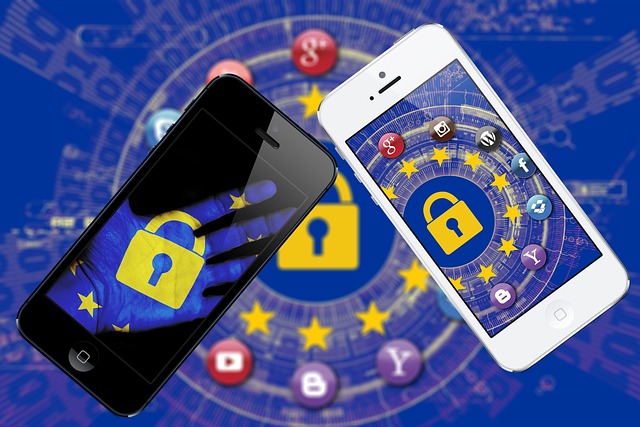The digital age offers unprecedented connectivity, but as our online lives expand, so does the need for vigilance regarding internet security. It’s more than just personal responsibility; it’s a shared community effort. Recognizing this, the importance of technology etiquette cannot be overstated. Each member of our digital society should carry the mantle of facilitating safe online interactions.
Technology etiquette encapsulates the unwritten rules that govern our behavior on digital platforms. These guidelines are key to maintaining a secure online environment and embrace the principles of respect and mindful interaction. For instance, sharing sensitive information, such as passwords or personal identification details, should be approached with caution. This is a collective responsibility where each community member must promote safe practices and discourage risky behavior, like clicking on unknown links or sharing private data in public forums.
As technology evolves, so do social trends that can significantly impact internet security. The rise of social media has altered communication methods, but it has also introduced new vulnerabilities. The phenomenon of ‘oversharing’ on platforms can lead to identity theft or cyberbullying. Community awareness and education about these risks are crucial. By fostering discussions and workshops around safe social media use, individuals can learn to navigate these platforms with a more discerning eye. This proactive approach encourages everyone to take part in safeguarding not just their own information but also that of their friends, family, and broader community.
Moreover, children and teenagers often engage with technology without a full understanding of the potential risks involved. Here, community involvement is vital. Schools, parents, and local organizations must collaborate to teach younger generations about the importance of internet security and how to practice technology etiquette effectively. Engaging kids in activities that promote safe internet habits can empower them to make informed decisions while fostering a culture of responsibility and respect among peers.
As trends continue to shift toward more immersive technologies like virtual reality and artificial intelligence, the community’s role in ensuring internet security must adapt as well. The introduction of these tools presents new challenges, including the need for enhanced data protection and the ethical implications of AI interactions. Communities must address these evolving issues head-on, advocating for regulations and standards that support secure practices in these emerging technologies.
In addition, community awareness can fortify defenses against cyber threats through collective vigilance. When individuals share their experiences, whether it’s a phishing attempt or issues related to data breaches, they not only educate their peers but also create a strong network of support. Encouraging neighborhood forums, online groups, or social media pages dedicated to discussing internet security can foster a culture of mutual aid and awareness.
As we navigate the complexities of the digital world, our approach to internet security and technology etiquette must be rooted in community involvement. By prioritizing open discussions, educational initiatives, and collective vigilance, we can create a safer online environment for everyone. It takes all of us—individuals, educators, families, and organizations—to engage actively in this commitment to security and responsibility in our interconnected digital landscape.




